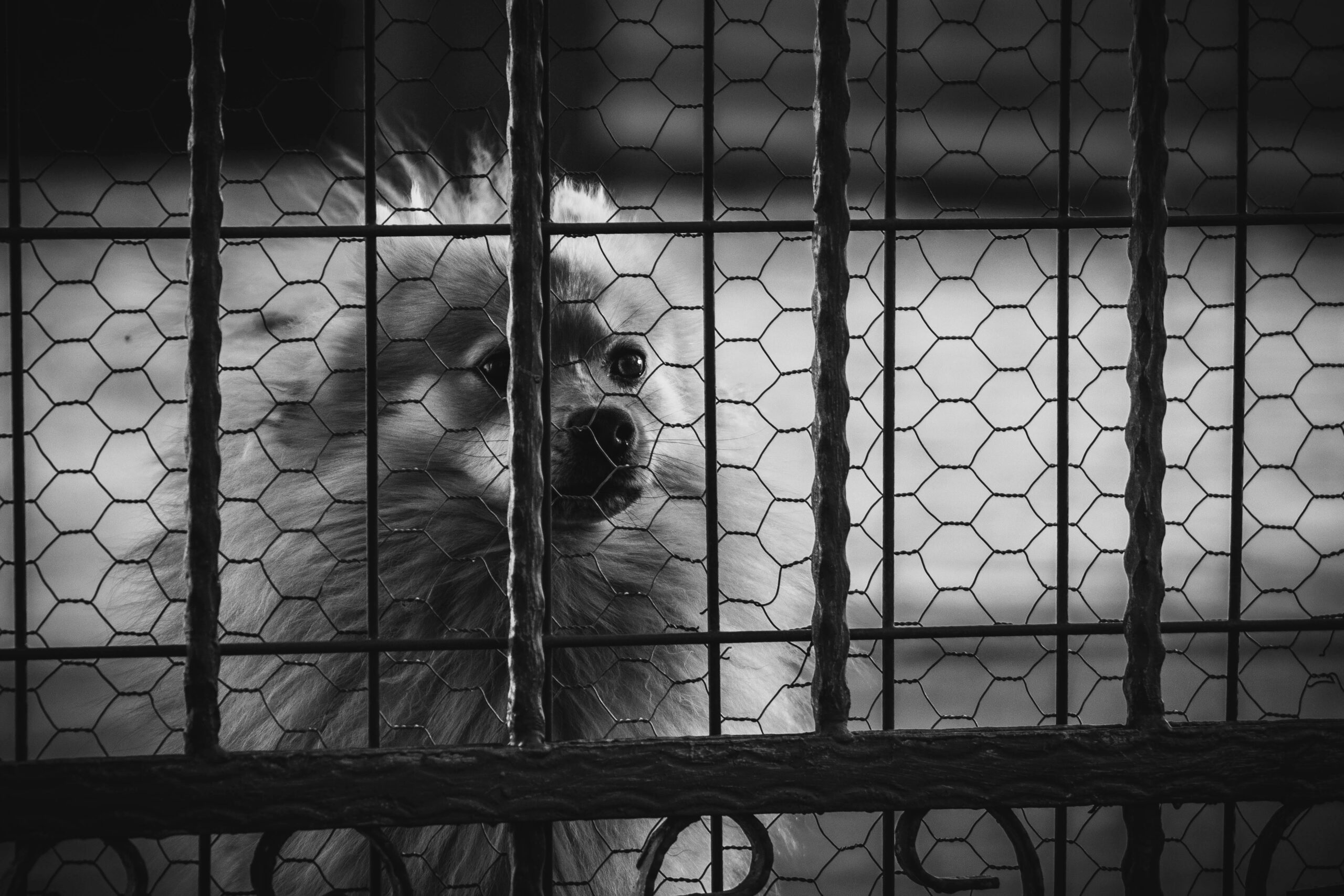
Separation anxiety in dogs is a common issue that can lead to destructive behavior, stress, and even health problems for your furry friend. Training your dog to cope with alone time not only benefits their well-being but also strengthens your bond as a responsible pet owner. Let’s explore why addressing separation anxiety is essential and how to effectively tackle this challenge.
Understanding Dog Separation Anxiety
Separation anxiety occurs when a dog becomes overly stressed or agitated in their owner’s absence. Signs of separation anxiety include excessive barking, destructive behavior, urinating indoors, and even attempts to escape. This condition is not just stressful for the dog—it can also lead to frustration for owners.
By training your dog to handle separation, you’re setting them up for a calmer, happier life. But how exactly does this benefit you and your pet?
Why It’s Crucial to Address Dog Separation Anxiety
Enhances Your Dog’s Mental Health
Dogs experiencing separation anxiety often endure high levels of stress, which can negatively impact their mental health. Chronic stress may lead to depression, lack of appetite, and behavioral changes. Teaching your dog to stay calm when you’re away helps prevent these issues, ensuring a more balanced and content pet.
Prevents Destructive Behavior
Chewed furniture, scratched doors, and toppled trash cans are common signs of an anxious dog. This behavior is not out of spite—it’s a coping mechanism for their anxiety. Proper training reduces these destructive tendencies, saving your home and keeping your dog safe from ingesting harmful objects.
Improves Your Quality of Life
Knowing your dog is calm and secure while you’re away reduces your own stress and guilt. Whether you’re at work, running errands, or taking a vacation, you’ll have peace of mind knowing your dog is happy and safe.
Effective Methods to Train Your Dog Against Separation Anxiety
Start with Short Departures
Gradually acclimate your dog to your absence by starting with short trips outside the house. Leave for just a few minutes, then return. Gradually increase the time you’re away to build your dog’s confidence in being alone.
Create a Safe Space
Designate a specific area where your dog feels secure. Use a comfortable crate, a cozy bed, or a room with familiar toys and blankets. Ensure this space is associated with positive experiences, helping your dog relax when you’re away.
Establish a Pre-Departure Routine
Dogs are highly perceptive to routines. If they notice specific cues like picking up your keys or putting on shoes, it may trigger their anxiety. Desensitize your dog by practicing these actions without leaving the house, breaking the association with your departure.
Provide Distractions
Interactive toys, treat-dispensing puzzles, or chew items can keep your dog mentally stimulated while you’re gone. A busy mind is less likely to dwell on your absence.
Avoid Overexcitement During Greetings
While it’s tempting to shower your dog with affection as soon as you return, overly enthusiastic greetings can reinforce anxiety. Stay calm and wait a few minutes before engaging with your dog to normalize your comings and goings.
When to Seek Professional Help
If your dog’s separation anxiety is severe, consider consulting a professional trainer or veterinarian. They can recommend tailored training methods or even suggest medications to manage extreme stress.
Additionally, here is a link to our list of veterinary services available in Singapore.
Myths About Separation Anxiety in Dogs
Myth 1: It’s Just Bad Behavior
Many owners mistake separation anxiety for disobedience. In reality, it’s a genuine emotional response requiring patience and training, not punishment.
Myth 2: Dogs Will “Grow Out of It”
Without intervention, separation anxiety often worsens over time. Proactive training is essential to address the root cause and prevent escalation.
Long-Term Benefits of Training Your Dog
A Happier, Healthier Pet
By reducing stress and anxiety, you’re promoting your dog’s overall health. This can even lead to a longer lifespan, as chronic stress can contribute to physical ailments.
Strengthened Bond
Training sessions are opportunities to build trust and communication with your dog. A well-trained dog is more confident and secure, leading to a stronger relationship between you and your pet.
Flexibility for Owners
A dog trained to cope with alone time allows owners greater freedom to balance work, travel, and social commitments without constant worry.
How to Get Started Today
Begin by observing your dog’s behavior to identify triggers and severity. Start with small, manageable steps to introduce them to the concept of alone time. Consistency and patience are key to success.
Summary
Training your dog to overcome separation anxiety is one of the most important steps you can take for their well-being. From improving their mental health to preventing destructive behaviors, the benefits are undeniable. Begin with short departures, create a safe space, and incorporate positive distractions. If needed, seek professional guidance to ensure your furry friend enjoys a stress-free, happy life.

Jun Hao is a passionate advocate for pet adoption, care, and volunteering. With a heart dedicated to giving animals another chance, Jun Hao spends his days promoting the joys of rescuing and rehoming pets.
“Every pet deserves love and care, and I’m here to support their journey.”
Share this:
- Click to share on WhatsApp (Opens in new window) WhatsApp
- Click to share on Facebook (Opens in new window) Facebook
- Click to share on LinkedIn (Opens in new window) LinkedIn
- Click to share on Pinterest (Opens in new window) Pinterest
- Click to share on Tumblr (Opens in new window) Tumblr
- Click to share on X (Opens in new window) X
- Click to share on Reddit (Opens in new window) Reddit
- Click to share on Telegram (Opens in new window) Telegram
- Click to email a link to a friend (Opens in new window) Email
- Click to print (Opens in new window) Print






























